Among the Sleep delves into a fictional child’s innermost fears in a world where the shadows stretch impossibly long and coat racks look like monsters or shady strangers. While the game features some horror title standards, like a physically weak protagonist, poorly lit environments, and the occasional jump scare, there’s one thing that makes Among the Sleep truly unique: the protagonist is a little boy in a genre that has primarily featured little girls.
 Consider the famously creepy little sisters from the BioShock, with their yellow eyes and sing-song voices, and the twin sisters from Fatal Frame II. In horror games, girl children, especially white girl children, are typically cast as innocent victims who require protection, and who rarely possess agency over their own bodies and minds. Though a sizeable portion of fictional children, and children in general in games, adhere to the idea that children are powerless and weak, girl children are particularly prone to such preconceived notions due to the perception of inherent female weakness. Girls are weak, and boys are strong. Among the Sleep rejects that paradigm from the start by offering a very young male protagonist, a weak and often helpless victim who defies ideas of masculinity and strays from the assumption that only women or girl children are subject to victimization.
Consider the famously creepy little sisters from the BioShock, with their yellow eyes and sing-song voices, and the twin sisters from Fatal Frame II. In horror games, girl children, especially white girl children, are typically cast as innocent victims who require protection, and who rarely possess agency over their own bodies and minds. Though a sizeable portion of fictional children, and children in general in games, adhere to the idea that children are powerless and weak, girl children are particularly prone to such preconceived notions due to the perception of inherent female weakness. Girls are weak, and boys are strong. Among the Sleep rejects that paradigm from the start by offering a very young male protagonist, a weak and often helpless victim who defies ideas of masculinity and strays from the assumption that only women or girl children are subject to victimization.
Among the Sleep makes great use of mechanics to reinforce the weakness of the nameless protagonist. The boy, a toddler, will often trip over his own feet after running for a while; he cannot continue indefinitely, operating from an endless well of resources, but runs out of strength and stamina. He also possesses zero fighting ability, which means he is forced to hide under bookshelves and tables when then antagonist appears. This is another hallmark – a particularly female hallmark – of horror games; Haunting Ground’s Fiona, a classic young female protagonist, often uses the same tactic to evade her enemies.
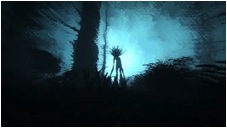 Not only does physical weakness plague Among the Sleep’s protagonist, he suffers mental weakness as well, panicking when the antagonist is near, which manifests in-game as screen distortion. The antagonist inspires deep-seated fear, another idea that plays against traditional masculine characteristics. Throughout the game the young protagonist is a victim of his own physical limitations and fears.
Not only does physical weakness plague Among the Sleep’s protagonist, he suffers mental weakness as well, panicking when the antagonist is near, which manifests in-game as screen distortion. The antagonist inspires deep-seated fear, another idea that plays against traditional masculine characteristics. Throughout the game the young protagonist is a victim of his own physical limitations and fears.
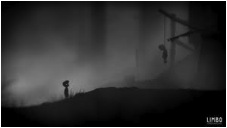 In contrast, the young male protagonist of Limbo offers a more traditional representation. The protagonist in Limbo has infinite stamina; he can run and run without ever tiring. He never stumbles over his own feet, he boasts impressive jumping, and while he doesn’t directly fight monsters, he can still hurt them by outsmarting them and using traps – all of which offers him greater agency than the protagonist in Among the Sleep. I’m unable to speak to the agency he may or may not have over his mind because it’s a side-scrolling game, which doesn’t allow the same level of intimacy afforded by a first-person perspective, but unlike the protagonist in Among the Sleep, he doesn’t occupy the traditionally feminized role of the victim. The young protagonist in Limbo is a more traditional hero.
In contrast, the young male protagonist of Limbo offers a more traditional representation. The protagonist in Limbo has infinite stamina; he can run and run without ever tiring. He never stumbles over his own feet, he boasts impressive jumping, and while he doesn’t directly fight monsters, he can still hurt them by outsmarting them and using traps – all of which offers him greater agency than the protagonist in Among the Sleep. I’m unable to speak to the agency he may or may not have over his mind because it’s a side-scrolling game, which doesn’t allow the same level of intimacy afforded by a first-person perspective, but unlike the protagonist in Among the Sleep, he doesn’t occupy the traditionally feminized role of the victim. The young protagonist in Limbo is a more traditional hero.
[Spoiler Alert: ending discussed] Among the Sleep’s dismantling of traditional gender roles doesn’t stop with the protagonist; the game explores feminine roles as well. At the end (spoiler!), it’s revealed that the antagonist is the child’s mother, who attempts to hit the protagonist. This portrayal is unique because she’s an atypical mother figure who’s abusive towards her child, rejecting the idea that all women are inherently maternal or skilled at minding children.
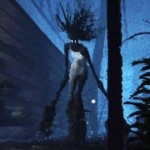
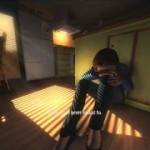 The monstrous manifestation of the boy’s mother is a tall, ghoulish creature in a nightie whose mode of her transportation is through bodies of water. She’s constantly submerging into or emerging out of pools of water. This characterization is rife with symbols; water, for instance, is commonly connected with metaphorical menstruation and womanhood, but her water is always swampy and unclean, possibly suggesting failed motherhood, and the nightie, which may be lingerie, has a sexual cast, thus defying the trope of the good and virginal mother.
The monstrous manifestation of the boy’s mother is a tall, ghoulish creature in a nightie whose mode of her transportation is through bodies of water. She’s constantly submerging into or emerging out of pools of water. This characterization is rife with symbols; water, for instance, is commonly connected with metaphorical menstruation and womanhood, but her water is always swampy and unclean, possibly suggesting failed motherhood, and the nightie, which may be lingerie, has a sexual cast, thus defying the trope of the good and virginal mother.
I commend Among the Sleep for its representations of a victimized boy child and a mother who doesn’t conform to motherhood. These portrayals add a great deal of depth, and bring variety to a genre known for frequently relying on the same themes. Though abuse is a terrible thing, I think it’s important that games address these issues, and here, through characters and relationships that beg to be further analyzed, we’re given a lot to consider.

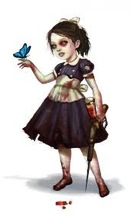
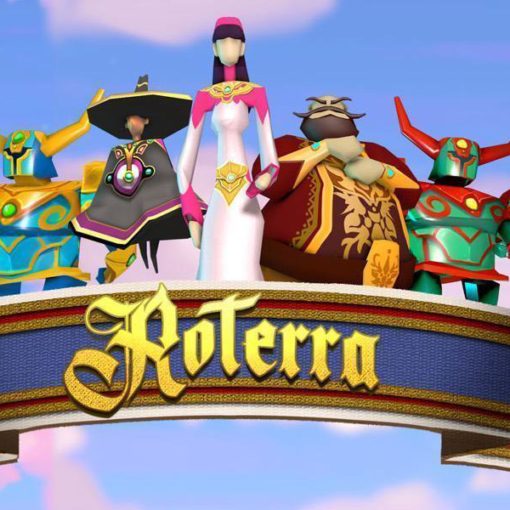

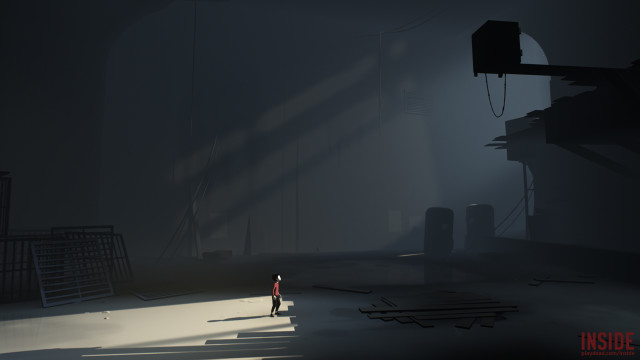

One thought on “Brave Boys and Monstrous Mothers: The Under-Representation of Boy Children in Horror Games”
what a fantastic article and kuddos to the author Ashley Barry
She totally rocks!!!